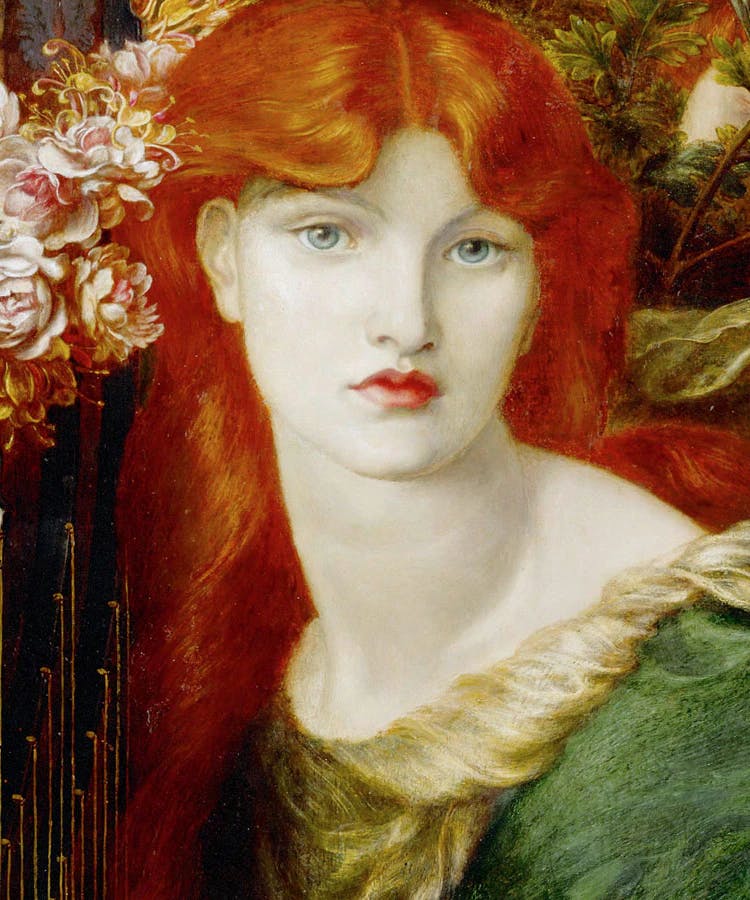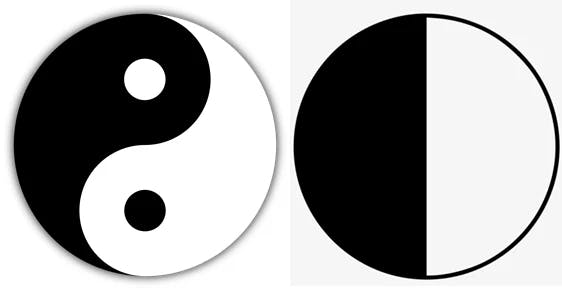We Know What Makes A Man. But What Makes A Woman?
“A woman simply is, but a man must become.” A bold claim from feminist thinker Camille Paglia.

Paglia goes on to say, “Masculinity is risky and elusive. It is achieved by a revolt from woman, and it is confirmed only by other men. Manhood coerced into sensitivity is no manhood at all.” Paglia’s descriptive definition of man is thought-provoking. It leaves us asking: What makes a woman?
The Hero's Journey
First, we must address what she means by “a man must become.” What Paglia is referring to is the hero’s journey. The hero’s journey is an archetypal story that involves leaving home, slaying the dragon, and returning to an array of glory. It’s characterized by strength and courage. The man returns physically stronger and mentally tougher, accompanied by wounds that have hardened him as a man. So what’s the role of the feminine in the hero’s journey? The hero’s journey makes a man, and the woman is the reason for the hero’s journey.
The woman is the reason for the hero’s journey.
Without the feminine, the masculine is purposeless. As Paglia points out, masculinity is “confirmed only by other men,” but the courageousness of the masculine is for the protection of the feminine. If masculinity is the journey, then femininity is the destination.
Masculinity and Femininity Are Complementary
Naturally, you might think that if masculinity is courageousness, then femininity is cowardice because we’re inclined to think in positive-negative dichotomies (i.e. good and bad). However, masculinity and femininity are not so much opposites as they are complementary. Courage is opposite to cowardice but is complementary to comfort. Similarly, strength is opposite to weakness but is complementary to softness. Complements can’t exist without one another, and they must not be in competition with one another.
There’s an ebb and flow to masculinity and femininity. These are not rigid stereotypes that men and women must comply with, but rather archetypes that give us a better understanding of the masculine and the feminine. This is perfectly illustrated by the yin and yang symbol, and precisely why yin and yang is symbolized as it is, as opposed to, say, two semi-circles.

The Connection between the Masculine and the Feminine
The masculine and the feminine are divinely intertwined. Modern culture has rejected this in favor of the independence of the sexes and is embodied in movements such as feminism, its male equivalent Men Going Their Own Way (MGTOW), and quid pro quo attitudes about dating and marriage. But if the sexes are meant to work together, how does that align with the idea that masculinity “is achieved by a revolt from woman?”
One interpretation of this is the relationship between the mother and her son. The mother protects the son from the dangers of the world in order for him to survive, but the son must leave the nest and face great danger to become a man. You see this play out when the father encourages the son to challenge himself or supports him in doing something dangerous. The mother is then there to nurture the son if something goes wrong. The feminine is a soft place to land.
Feminine Preservation
So why is it that the woman is the reason for the hero’s journey? Well, the woman requires protection, and she has something worth preserving. If becoming makes a man, then preserving makes a woman.
There are several examples of feminine preservation that we can discuss. The first and most obvious one is the preservation of life. It includes giving birth, raising children, and nurturing those around her. If the hero’s journey had a feminine equivalent, it would be motherhood. Without motherhood, there’s no reason for the hero to slay the dragon.
Women are the transmitters of traditional and cultural values.
Another example is the preservation of beauty. Women are the ambassadors of beauty. This encompasses the self and the spaces we occupy. This is why women are interested in beautifying themselves, nesting, and pursuing artistic and creative endeavors. Despite the hardships of life, the feminine preserves joy and beauty in the world.
Intertwined with beauty is the preservation of culture. Traditionally, it’s the woman who teaches the children and is the primary caretaker. She’s the transmitter of traditional and cultural values.
A Woman Simply Is
Well, simply put, what makes a woman is female biology, but of course, Paglia is digging deeper than basic biological facts. A woman is born with everything she needs to be a woman, and it’s a matter of her keeping it intact despite the darkness of the world. I would argue that today the greatest threat to womanhood is the cultural pressure of women being told what makes them a woman makes them inferior to a man.
How This Plays Out in Modern Culture
In modern culture, anything that can be interpreted as restrictive or exclusive is a mortal sin. Whatever the individual feels is right is valued over what is objectively true. However, even in gender-egalitarian and androgynous societies, we still see the traditional roles of men and women play out in less traditional ways. Women still choose caring professions such as nursing and teaching. Despite the push for “beauty is a social construct,” it’s women who spend the money to beautify and pamper themselves.
Progressive attitudes have robbed women of enjoying and accepting the true wonders of femininity.
Progressive attitudes largely driven by feminism have robbed women of enjoying, appreciating, and accepting the true wonders of femininity and womanhood. It has demonized the feminine role to the point that it has left women asking, “That’s it?”. Sadly, although the generational preservation of cultural values is largely the women’s domain, somewhere along the line, this began to be treated as inferior to the masculine domain.
This is why the female hero story is so common in cinema and other areas of pop-culture. Of course, women have done many “heroic” things throughout history, and there are many instances in a woman’s life which demand great courage. But the woman has her own story to tell, and she doesn’t need to imitate the hero’s journey to be worthy.
Closing Thoughts
What makes a woman? We can answer this question from a biological or cultural perspective, but the blurring of biological sex and traditional roles makes it progressively more difficult to answer. But when we view womanhood as life-preserving and culture-preserving, the woman doesn’t need to become like the man, but rather, she can live as she’s meant to be.
We want to know what you think about Evie! Take the official Evie reader survey.